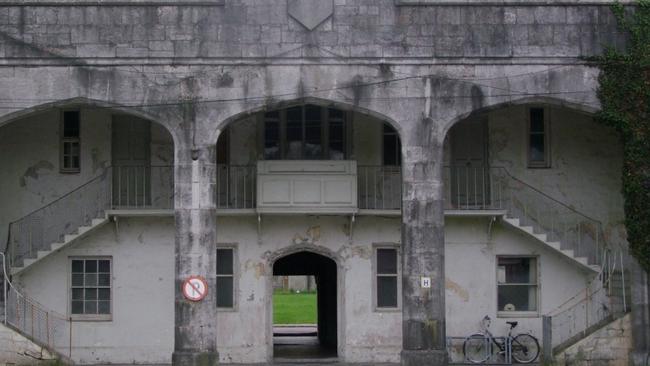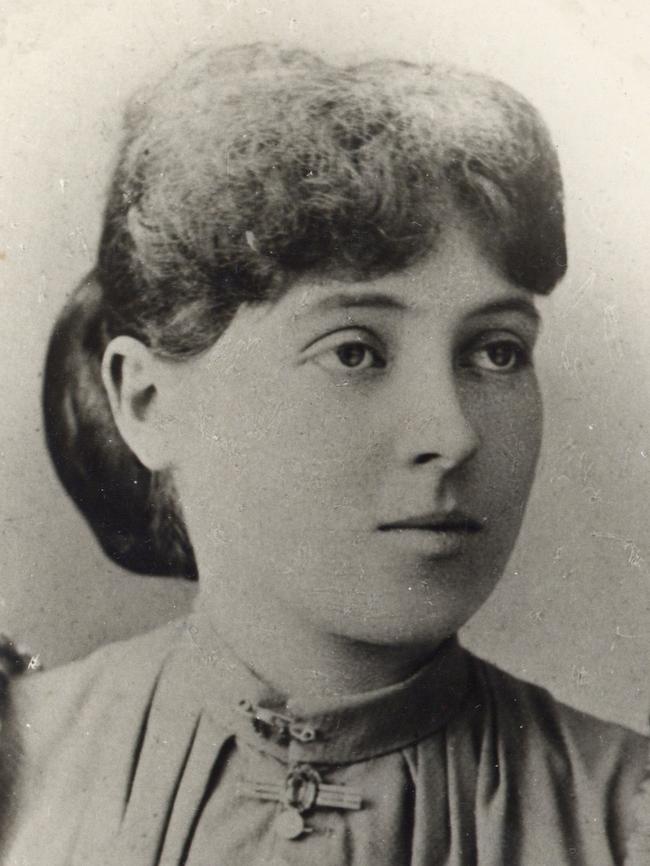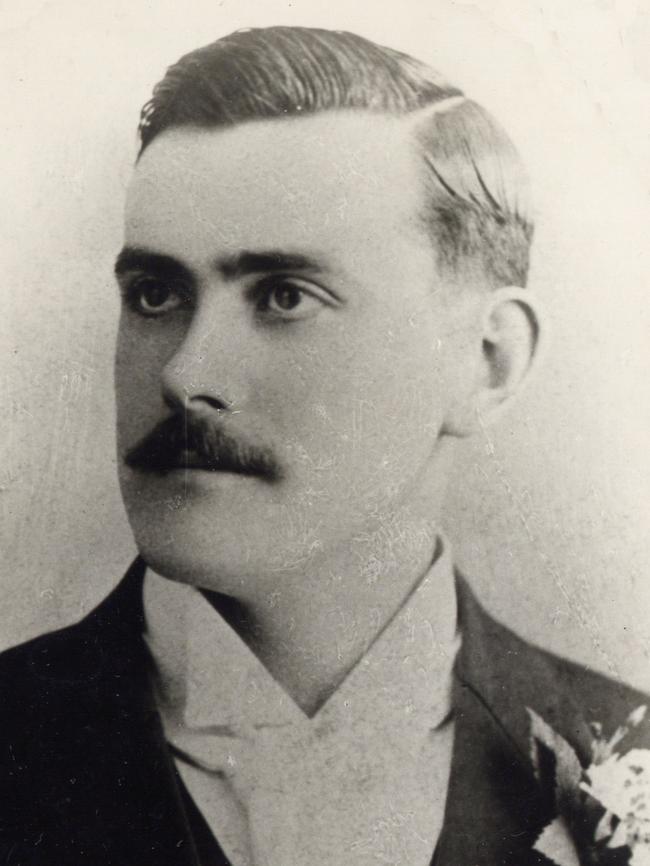Last hope for orphans lay on far side of the world
When Richard Stephens visited Cork workhouse in February 1847, the schoolroom had been closed for weeks to sleep 102 boys. Each boy, aged five to 13, shared one of 24 beds with at least four others

Today in History
Don't miss out on the headlines from Today in History. Followed categories will be added to My News.
When Richard Stephens visited Cork workhouse in February 1847, the schoolroom had been closed for weeks to sleep 102 boys. Each boy, aged five to 13, shared one of 24 beds with at least four others.
Built in 1841 for 2600 inmates in a classic H-shape — to plans drawn by Irish Poor Law Commission architect George Wilkinson — by 1847 Stephens reported 600 people slept in the lime-washed main hall furnished with 130 beds.
One of three doctors recruited by the Dublin Board of Health to inspect workhouses at Cork, Bantry and Lurgan, Stephens found the Cork workhouse chaotic and pervaded by stench from an inadequate sewerage system. He attributed its high mortality to poor ventilation, overcrowding and the “utterly wretched and deplorable condition of those lately admitted”.
Conditions at Bantry workhouse were “clean and orderly” but in the Fever Hospital Stephens witnessed “appalling, awful conditions”. Patients, including a mother and her four-day old infant, lay “almost expired”, naked in their own excrement with no medical care.
When Honora Hogan’s father John died in 1848 or 49, as potato blight sentenced Ireland to yet another year of famine, young Honora found herself at the mercy of 40 guardians appointed to oversee the Cork Poor Law Union, one of 159 poor districts across Ireland.

The Hogans’ story is among thousands revealed in 2.5 million records from Irish workhouses dating to 1820 detailed at online genealogy service Findmypast.
Honora probably arrived at Cork workhouse with her younger siblings and mother Johanna, born at nearby Mitchelstown. As the Irish workhouse population peaked at 264,000 in June 1850, entire families commonly entered workhouses together but were immediately separated into male and female wings.
With an average 28,375 deaths a year from 1841-51, in that decade 138,576 children under 15 also died in workhouses, where guardians encouraged harsh conditions to deter malingerers.
With work hard to come by outside or within a workhouse, in 1834 Britain enacted the Poor Law Act to send paupers abroad, paying the costs from poor rates. Irish Poor Law Commissioners in 1833 recommended emigration as a short-term remedy for Irish poverty but were ignored in favour of workhouses.
The Poor Law Act extended to Ireland in 1838, when Irish Poor Law Guardians began sending paupers to Canada.
Once in the workhouse Honora and her siblings became wards of the Poor Law Guardians, to be housed or dispersed as the guardians saw fit.
In Britain, colonial reformers including Edward Wakefield and Colonial Secretary Henry George Grey recommended emigration to solve British unemployment and boost the development of underpopulated colonies, including Australia.


Irish Poor Law Commissioners wrote to Poor Law Union guardians in 1848 asking if there were young women aged 14-18 in their workhouses willing and eligible for a passage to Australia.
Emigration Commissioners chartered ships to carry female Irish famine orphans to Australia, where settlers had been invited to apply for domestic servants. The first vessel to reach Sydney was the Earl Grey, on October 6, 1848.
With two maternal uncles and two aunts living in Victoria and South Australia, Honora was an obvious candidate for the Earl Grey scheme. She arrived in Sydney on April 29, 1850, aged about 16. Honora’s next record shows that in January 1852, she was sent to Maitland as an invalid, suitable only as a “general house servant or nursery girl”.
Honora flourished in NSW. In November 1852, she married English master painter and property developer William Holmes.
It is believed Holmes helped Honora pay to bring her younger sister Brigette to NSW in 1857.
Two years later they brought out Honora’s mother and two other sisters.
But Honora’s poor health, possibly a consequence of malnutrition in Ireland, left her unable to bear children. In 1876 she and William adopted an infant girl born aboard a ship travelling from America, according to Holmes family folklore.
Descendant Kay Sherring, whose inquiries unearthed Honora’s story, has been unable to trace birth details for Theresa Holmes, who in 1895 married Honora’s nephew, jeweller William Murphy.
William was the son of Honora’s sister Ellen who died in about 1883, when William, then nine, went to live with the Holmes family.
William and Theresa had six children by the time of Honora’s death in 1910.
Another four arrived by 1919.
Originally published as Last hope for orphans lay on far side of the world


